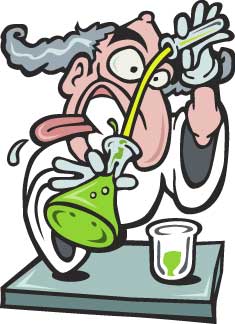Microfluidic battery runs on water
http://www.eetuk.com/tech/news/rn/showArticle.jhtml?articleID=18309660
PORTLAND, Ore. — Converting hydrostatic pressure directly into electrical current — without "moving parts" like a fuel cell — has enabled the demonstration of a new kind of battery. The electrokinetic microchannel battery prototype harnessed the combined sub-nanoamp electrical output from 500,000 microfluidic channels to generate microamps of power.
"Our demonstration was just to prove the principle, not to generate a lot of power, but we did show that you can convert hydrostatic pressure directly into electrical work," said Larry Kostiuk, a thermodynamicist professor at the University of Alberta. He performed the work with fellow professor Daniel Kwok, a nanofabrication researcher.
One advantage of fuel cells over burning hydrogen in an internal combustion engine, according to Kostiuk, is that all "kinetics" can be skipped. That is, all moving engine parts can be removed. Electrons stored in the hydrogen are stripped from them and fed directly into the electrical motor.
Likewise, instead of driving a small turbine with pressurized water to generate electricity, the electrokinetic microchannel battery strips electrons supplied by flowing water as it passes through microfluidic channels measuring 13 microns in diameter. The electrical current generated passes directly into the electronics being powered.
The electrical phenomenon being harnessed is the positive charge that glass takes on wherever it touches water. Conversely, the negatively-charged ends of all the water molecules line up facing the glass container. As the fluid flows through the glass channel a "streaming" electrical current runs along the walls, thereby causing a potential difference between the ends of the channel.
This potential was run through a resistive load by the researchers to achieve a peak of 2 microamps from half-a- million channels.
"This effect is only possible for microfluidics. You have to use very small channels to get a streaming current to flow. Each channel contributes less than a nanoamp, but you can gang together as many as you need," said Kostiuk.
Microfluidics researchers have not widely cited the 1964 publication of "Electrokinetic Energy Conversion" by Carnegie Mellon University professor Fletcher Osterle. Kostiuk and Kwok only discovered Osterle's earlier work after publicizing their independent discovery of the electrokinetic microchannel battery.
"Probably the reason no one carried on Osterle's work is that he concludes the efficiency can never be better than .04 percent. We haven't done much better than that so far, but we do think that we can do much better — we have much better technologies today, like [microelectromechanical systems] than they did in the 1960s," said Kostiuk.
An external current of between 1- and 2-microamps was generated using less than 500,000 channels and a 30-centimeter hydrostatic pressure drop. Next the researchers plan to fully characterize the process, in hopes of proving that Osterle's pessimistic prediction can be improved upon using modern microfluidics.


0 Comments:
Post a Comment
<< Home